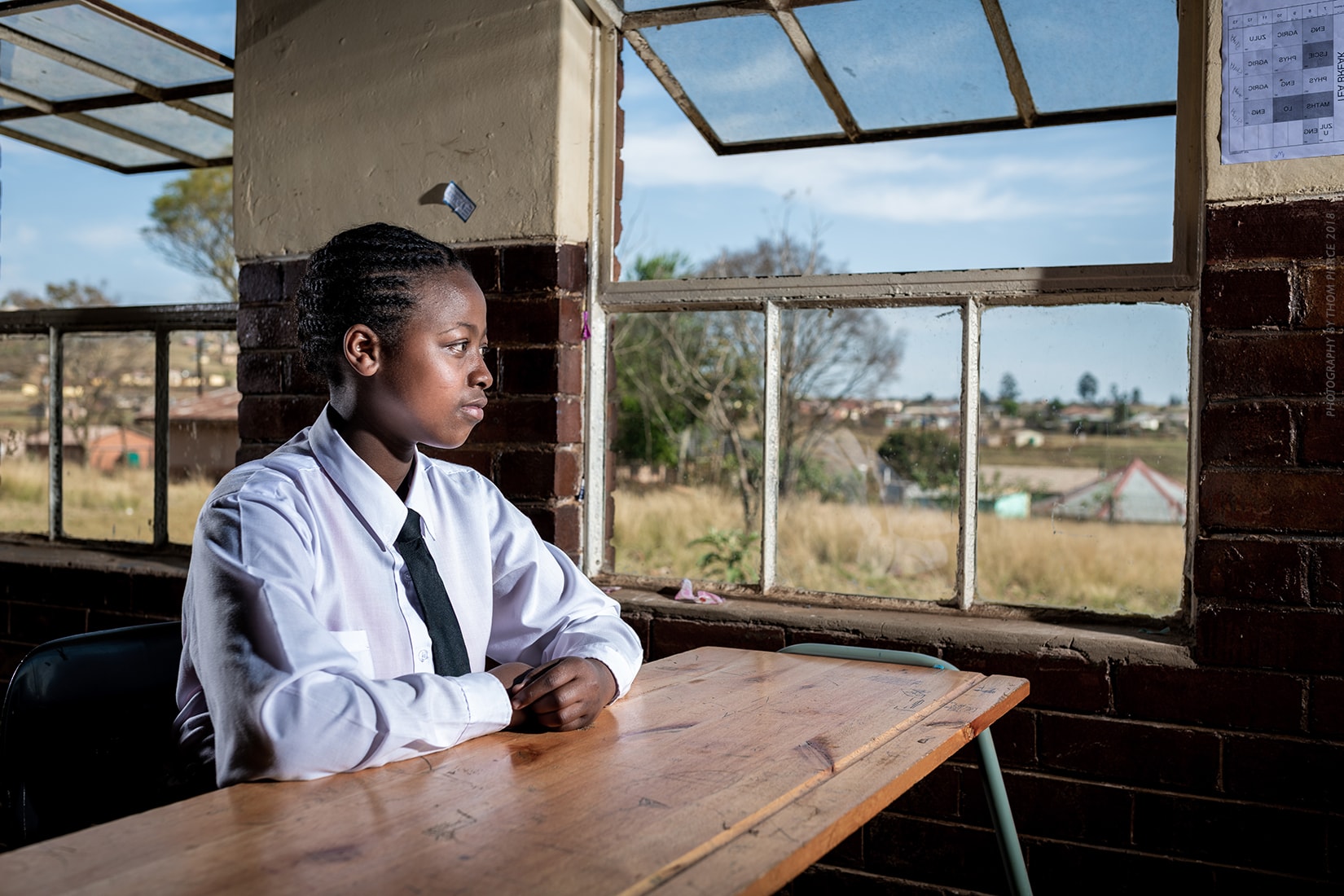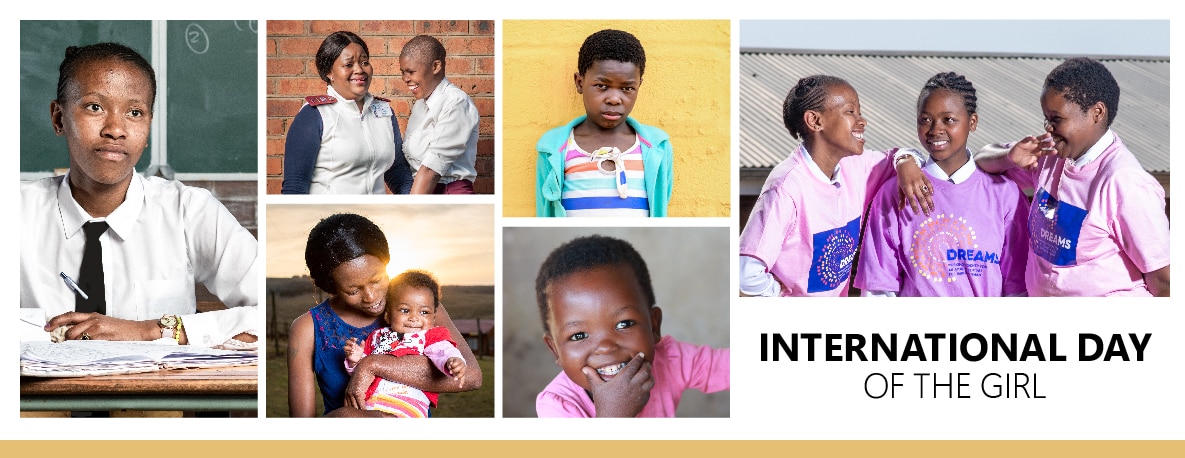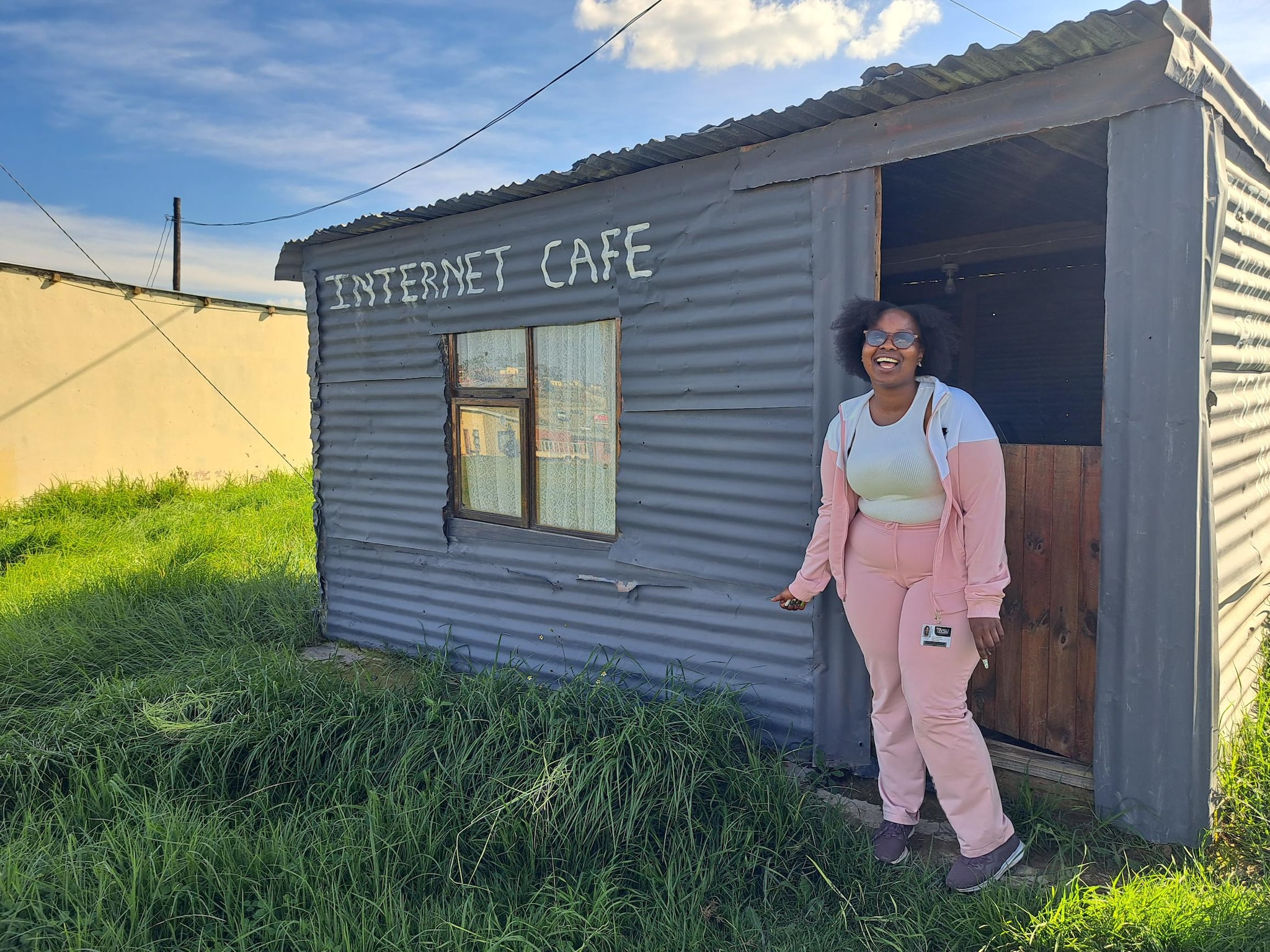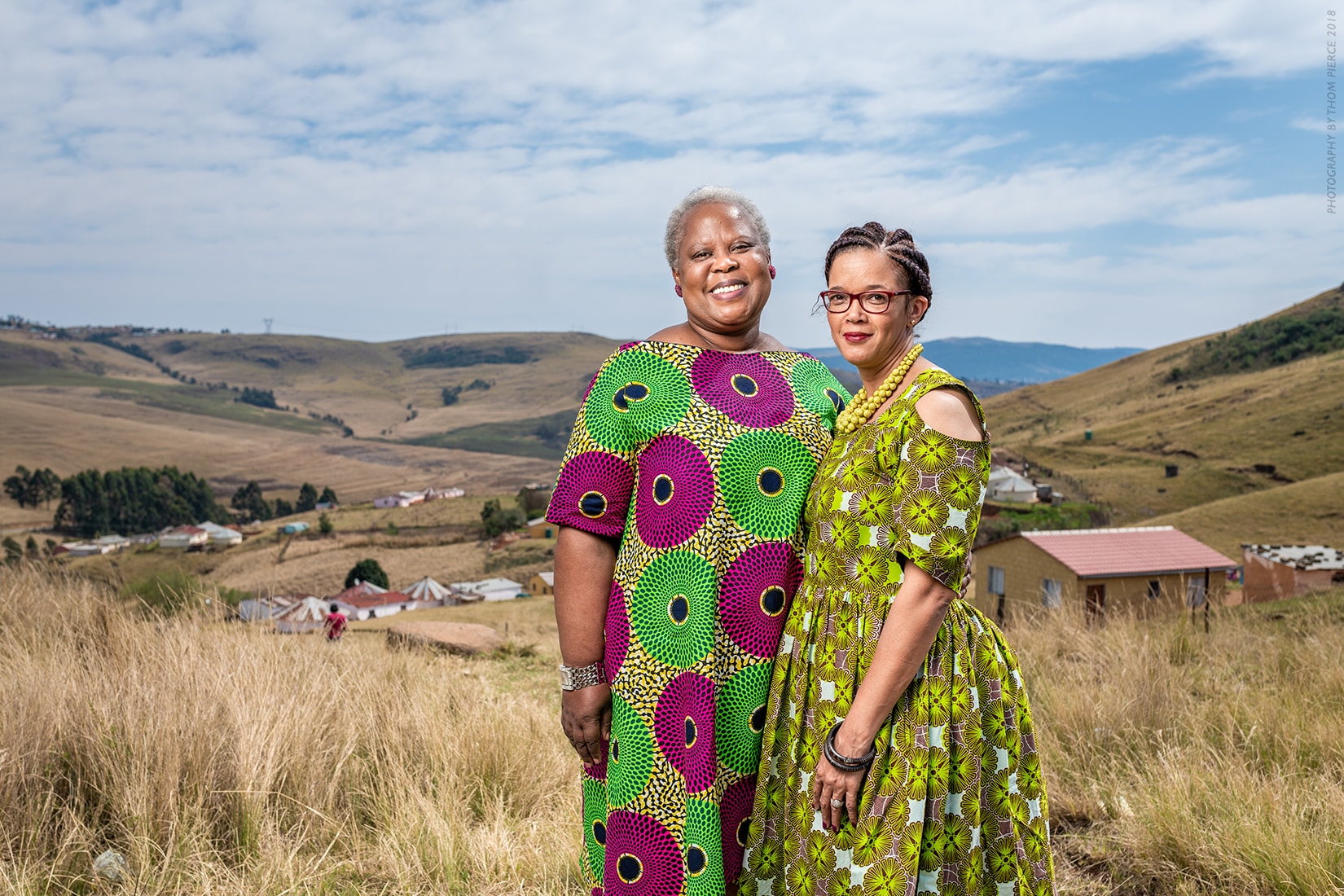The Challenge
Every week, nearly 4,000 young women aged 15–24 years acquire HIV globally. That’s nearly 600 every day.
According to UNAIDS, in sub-Saharan Africa, six out of seven new HIV infections among adolescents aged 15–19 years are among girls and women and, in 2021, girls accounted for more than 60 percent (63%) of all new HIV infections.
CDC’s Efforts
At CDC’s Division of Global HIV & TB, we are working on a number of fronts to make an impact in the fight against HIV among young women and girls, as part of the U.S. President’s Emergency Plan for AIDS Relief (or PEPFAR).
DREAMS – Determined, Resilient, Empowered, AIDS-free, Mentored, and Safe
In 2014, as part of PEPFAR, CDC helped launch the DREAMS initiative, a multi-pronged approach to help adolescent girls and young women live Determined, Resilient, Empowered, AIDS-free, Mentored, and Safe lives. Through this effort, PEPFAR and its implementing agencies aim to drive down HIV infections among girls ages 15-24 in high-burden geographic areas.
This public-private partnership consists of a core package of evidence-based interventions that address the many overlapping vulnerabilities for adolescent girls and young women and is being implemented by CDC in 13 countries: Botswana, Cote d’Ivoire, Eswatini, Haiti, Kenya, Lesotho, Malawi, Mozambique, South Africa, Tanzania, Uganda, Zambia, and Zimbabwe.
At CDC, we know that the root causes of this disproportionate burden of HIV are as unique as they are complex – poverty, access to education, violence, other gender inequities, and harmful social/cultural norms. As a result, our approach, through DREAMS, is equally layered. Through DREAMS, we are:
- Empowering young women and girls – From comprehensive sexual education – including access to condoms, pre-exposure prophylaxis (PrEP), and post-exposure prophylaxis (PEP) — to expanding educational access and economic strengthening training, the DREAMS package aims to help girls learn the power of self-esteem, understand and recognize their individualized risk of HIV, and gain the tools and information needed to protect themselves from infection.
- Creating a supporting, empowering environment – Because every girl is part of a larger community, we are also reaching out to our partners, families and community members to build skills and support that protect against HIV. In CDC’s Families Matter! program, for example, we work with 9-12 year old girls and their families in Kenya, Tanzania, Cote d’Ivoire, South Africa, Zambia, Mozambique, and Zimbabwe to give them knowledge, skills, comfort and confidence to have open parent-child discussions.
- Addressing gender-based violence—Research shows that experiencing violence is associated with negative outcomes including increased risk for sexual exploitation, unwanted pregnancy, and HIV. Preventing and responding to gender-based violence is a priority for CDC’s PEPFAR program. By identifying violence and providing an appropriate response we can tailor services for girls most vulnerable to both violence and HIV and provide patient-centered care to girls and young women living with HIV.
- Expanding access to prevention and treatment for HIV-positive girls and young women — Across the globe, CDC is working hard to scale up access to antiretroviral treatment (ART) for young women at high risk of or living with HIV. By ensuring the availability of adolescent-and youth-friendly health services, tailoring materials and interventions to the unique needs of young women and launching peer-to-peer clubs to provide HIV-positive teens with the emotional and psychological support they need, we aim to improve their engagement in care and adherence to treatment.
- Helping men control HIV can also help young women – We are redoubling our efforts to ensure HIV-positive men know their status, are linked to treatment, and are virologically suppressed. For young men who are HIV-negative, we encourage PrEP and voluntary male medical circumcision – a proven prevention intervention — to help them stay HIV-free. These services not only help men to live longer, healthier lives but also significantly reduces transmission of HIV to partners, including young women.





